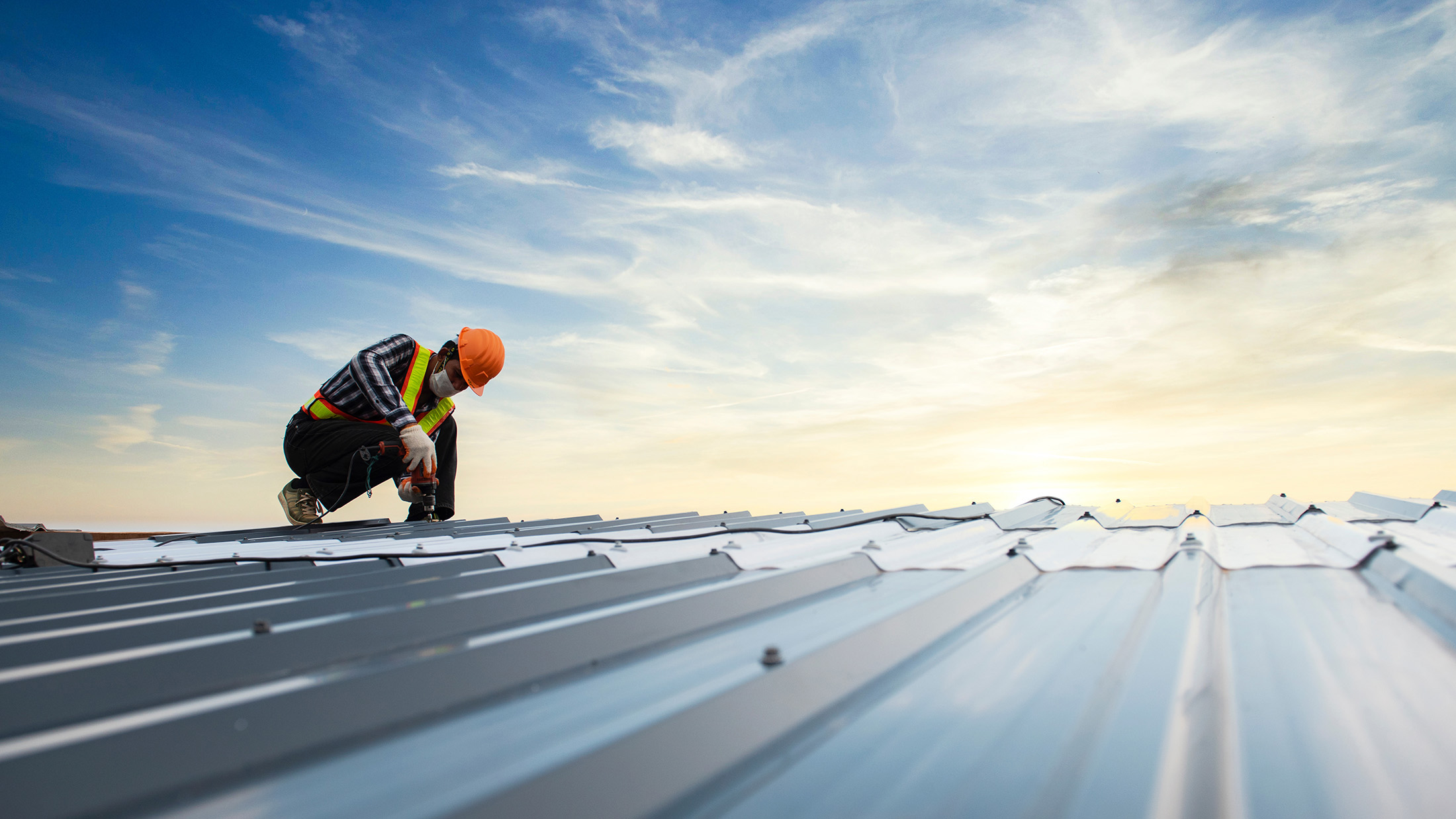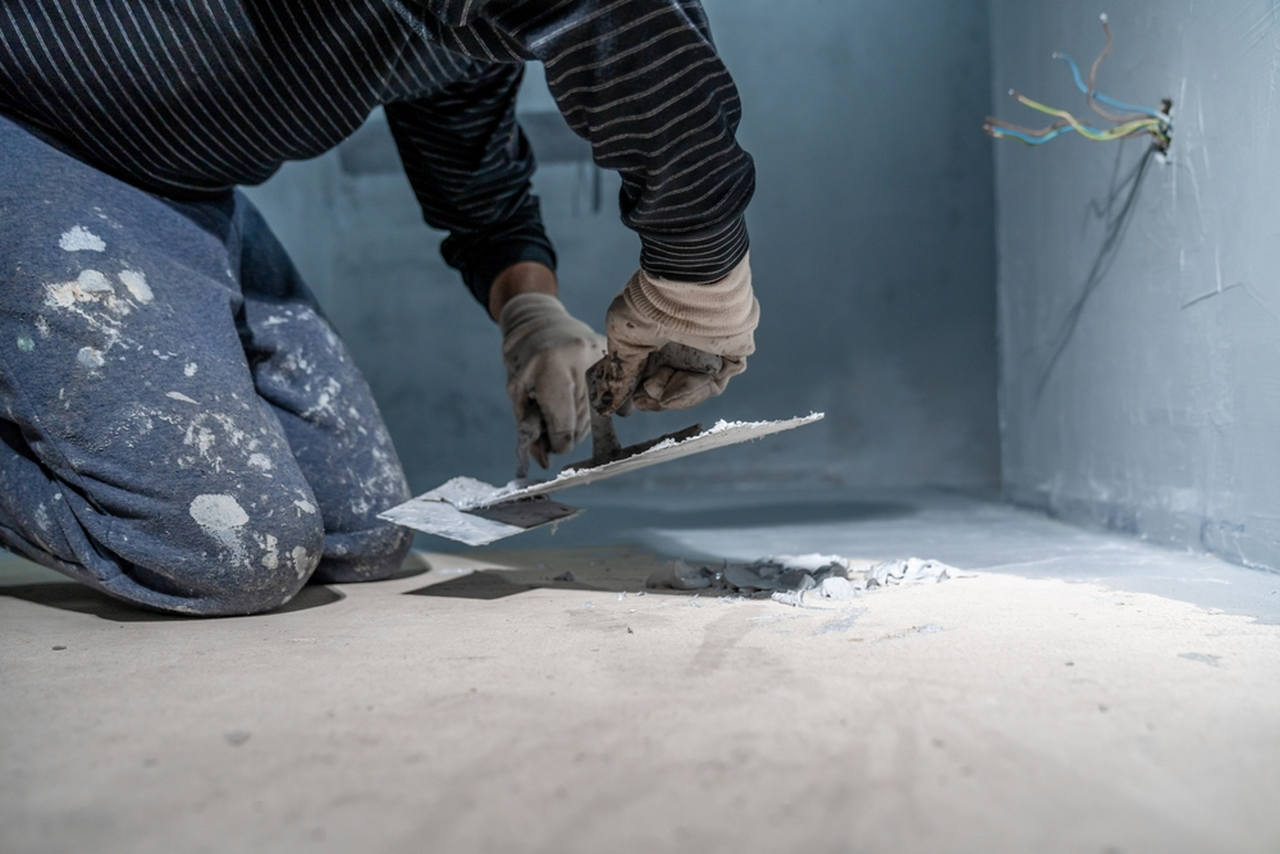Just How Waterproofing Works: A Thorough Consider Techniques and Technologies
Waterproofing is essential for securing frameworks from moisture-related damages. It involves various strategies and innovations that develop barriers against water breach. Typical approaches, such as compacted clay, exist together with contemporary technologies like liquid-applied membranes. Comprehending the nuances of these strategies is vital for reliable application. Nonetheless, the performance of any kind of waterproofing remedy hinges not only on the techniques made use of but also on recurring maintenance and examination. What are the vital aspects that influence lasting efficiency?
Understanding the Fundamentals of Waterproofing
Waterproofing is a crucial process that secures structures from water invasion, which can bring about substantial damages gradually. This technique involves the application of numerous products and methods made to create a barrier versus moisture. The key goal is to avoid water from permeating surface areas, which can trigger degeneration, mold development, and architectural instability.Various elements affect the choice of waterproofing method, including the type of framework, its location, and ecological conditions. Comprehending the physics of water movement and the residential properties of various materials is essential in picking an effective waterproofing solution.Effective waterproofing not only safeguards buildings however additionally enhances their durability and integrity. Commonly, it is integrated into the style stage of construction to ensure thorough protection. As understanding of water-related concerns expands, the relevance of understanding waterproofing fundamentals becomes significantly clear to engineers, building contractors, and home owners alike.
Traditional Waterproofing Techniques
Standard waterproofing methods have actually been used for centuries, counting on time-tested methods and materials to safeguard structures from water damage. One of the earliest approaches involves using clay, which, when compressed, produces a natural obstacle against wetness. Furthermore, asphalt, a sticky, black material originated from oil, has actually been used for its water-resistant buildings, often put on roofing systems and foundations.Another strategy entails the application of lime-based plasters, which give a breathable layer that enables dampness to leave while avoiding water access. Thatch roof, a conventional technique still seen in some societies, uses exceptional waterproofing as a result of its tightly loaded straw layers.Moreover, using rock and block has projected, as these products are inherently resistant to water when effectively set up. On the whole, traditional waterproofing approaches emphasize the significance of picking ideal products and construction methods to boost toughness versus water intrusion.
Modern Waterproofing Technologies
Improvements in modern-day waterproofing innovations have reinvented the method structures are shielded from water damages. Innovative strategies such as liquid-applied membrane layers and sophisticated sealants have boosted the performance and adaptability of waterproofing options. These technologies enable seamless application, minimizing the risk of leakages and making certain thorough protection over complicated surfaces.Moreover, the assimilation of wise innovations, such as wetness sensors and automated surveillance systems, allows real-time evaluation of waterproofing performance. This proactive strategy promotes timely upkeep and decreases long-lasting repair service costs.Additionally, developments in spray-applied coatings provide quick application and superb adhesion, adapting to various substrates while supplying robust security. Techniques like polymer-modified systems additionally improve flexibility and resilience, making them appropriate for diverse settings. In general, modern waterproofing innovations not just mitigate water invasion but additionally add to the long life and sustainability of structures, noting a significant shift in the market.
Products Used in Waterproofing
The performance of waterproofing services heavily relies on the products made use of in their application. Numerous materials are used to create barriers against water access, each with unique properties fit for various environments. Typically used products include membrane layers, layers, and sealants.Liquid-applied membranes, commonly made from polyurethane or acrylic, develop a smooth barrier that adjusts to complex surfaces. Sheet membrane layers, generally constructed from rubber or polycarbonate, deal toughness and are optimal for bigger locations. In addition, cementitious waterproofing products, composed of cementitious substances, offer exceptional bond and flexibility.Sealants made from silicone or polyurethane are vital for joints and joints, making sure thorough protection. Additionally, advanced materials, such as geo-composite membrane layers, incorporate multiple features, boosting performance. In general, the choice of waterproofing materials is crucial in attaining durable and effective water resistance, customized to specific project needs and ecological problems.
Typical Applications of Waterproofing
Waterproofing plays an essential function in numerous fields, making sure the longevity and stability of frameworks. Typical applications consist of residential options that safeguard homes, industrial infrastructure that safeguards services, and industrial settings that call for robust web security versus moisture. Recognizing these applications highlights the significance of waterproofing in keeping both security and performance across various environments.
Residential Waterproofing Solutions
Several property owners encounter difficulties with wetness invasion, making reliable residential waterproofing services important. Different methods exist to address this problem, including exterior and interior waterproofing systems. Inside solutions frequently include the application of sealants and finishes to basement walls, which help stop water infiltration. Outside approaches commonly consist of the installation of drain systems and water resistant membranes that draw away water far from the foundation.Additionally, home owners may consider sump pumps to get rid of water buildup and dehumidifiers to control humidity degrees. Appropriate grading and making use of gutters additionally play an essential function in taking care of water circulation around the home. By applying these approaches, homeowners can substantially lower the danger of water damages and mold development, ensuring a dry and risk-free living atmosphere.

Business Facilities Protection
Effective waterproofing solutions play an important function in the protection of commercial infrastructure. Sump pump discharge drainage Omaha. These strategies are essential for guarding buildings, parking frameworks, and bridges from water damages, which can endanger architectural integrity and result in costly repair services. Common applications consist of the installment of membrane layers, finishings, and sealers that produce obstacles against moisture infiltration. Locations such as basements, roofs, and outside walls are usually prioritized to ensure long life and toughness. In addition, waterproofing systems can boost energy performance by stopping water-related problems that might cause mold and mildew growth and damage. By applying robust waterproofing measures, home proprietors can secure their financial investments and maintain functional effectiveness, inevitably adding to the overall sustainability of business centers
Industrial Applications Review
While different sectors encounter distinct obstacles, the requirement for trusted waterproofing options continues to be a constant in commercial applications. Industries such as manufacturing, construction, and power typically come across atmospheres where moisture direct cementitious waterproofing exposure can threaten structural stability and operational efficiency. In making facilities, waterproofing is important for securing equipment and materials from water damage. In building and construction, it safeguards foundations and basements versus groundwater infiltration. The energy market relies on waterproofing for the security of tools in hydroelectric plants and offshore frameworks. In addition, food processing industries make use of waterproofing to ensure hygiene and conformity with safety requirements. In general, efficient waterproofing remedies are crucial for improving sturdiness, safety, and performance across numerous industrial settings.
Upkeep and Longevity of Waterproofing Solutions
Although waterproofing services are created to offer long-term defense versus moisture invasion, routine maintenance is necessary to assure their performance and durability - Foundation waterproofing Omaha. Regular examinations play a substantial role in determining prospective issues such as cracks, peeling off, or indicators of water damage. Addressing these troubles quickly can avoid additional degeneration and costly repairs.Additionally, cleaning up the surface of waterproof areas aids eliminate dirt and particles that could jeopardize the honesty of the waterproofing barrier. her latest blog It's additionally recommended to reapply protective coverings or sealers as advised by producers to preserve ideal performance. Ecological aspects, such as UV direct exposure and extreme weather, can influence the life expectancy of waterproofing products, making normal analysis essential
Regularly Asked Questions
Can Waterproofing Be Applied in Cold Weather?
The inquiry of using waterproofing in cool weather raises issues regarding bond and treating. Lots of items may not execute at their ideal in reduced temperatures, demanding cautious selection and consideration of particular guidelines for reliable application.
For How Long Does Waterproofing Typically Last?
The duration of waterproofing efficiency varies based upon materials and ecological variables. Usually, it can last from five to 10 years, however regular upkeep and assessments are vital to guarantee peak efficiency and longevity.
Is Do It Yourself Waterproofing Effective and Safe?
The performance and security of do it yourself waterproofing rely on different elements, consisting of material top quality and application method. While some individuals attain satisfying outcomes, others may experience concerns that compromise long-lasting protection and architectural honesty.
What Are the Indicators of Failing Waterproofing?
Signs of falling short waterproofing consist of visible water discolorations, peeling paint, mold development, musty smells, and wetness in wall surfaces or ceilings - Foundation waterproofing Omaha. These indicators suggest endangered obstacles, demanding punctual inspection and possible remediation to stop more damages
Exactly how Do I Select the Right Waterproofing Service Provider?
